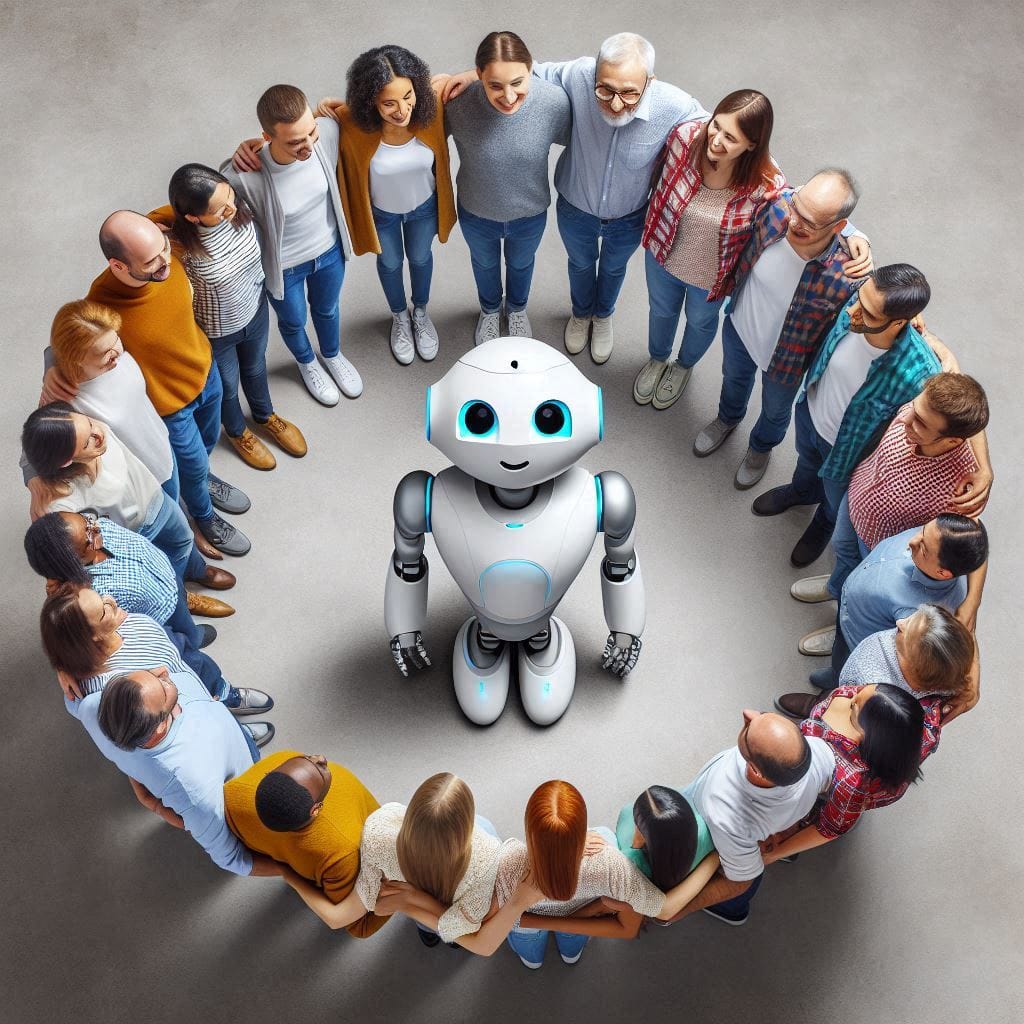How to Start Embracing AI: A Beginner's Guide
Artificial intelligence is rapidly changing the world around us, impacting nearly every aspect of our lives.


Artificial intelligence is rapidly changing the world around us, impacting nearly every aspect of our lives. From chatbots to smart home devices, AI applications are becoming increasingly common. For many people, the idea of embracing AI can seem daunting or even scary. However, understanding and using AI tools can lead to significant personal and professional growth.
This guide will explore the basics of AI and help readers overcome common fears about this technology. It will provide practical tips for getting started with AI tools and show how to integrate AI into daily life and work. By the end, readers will have a clear roadmap for beginning their journey of embracing AI and harnessing its potential.
Understanding the Basics of AI
What is artificial intelligence?
Artificial intelligence refers to computer systems capable of performing tasks that typically require human intelligence. These tasks include recognizing speech, making decisions, solving problems, and identifying patterns. AI is an umbrella term encompassing various technologies such as machine learning, deep learning, and natural language processing.
At its core, AI aims to simulate human behavior and thinking through self-teaching algorithms. These algorithms analyze vast datasets, recognize patterns, and make data-driven predictions or recommendations. AI systems can learn from experience and improve their performance over time without explicit programming.
How AI works
AI systems work by combining large sets of data with intelligent, iterative processing algorithms. Each time an AI system runs a round of data processing, it tests and measures its own performance and develops additional expertise. This allows AI to learn and improve rapidly, becoming extremely capable at its assigned tasks.
The process typically involves several steps:
- Data input: Information is collected from various sources and sorted into categories.
- Processing: AI deciphers the data using patterns it has been programmed to learn.
- Outcomes: The AI uses recognized patterns to predict outcomes or make decisions.
- Adjustments: When errors occur, the AI learns from mistakes and adjusts its approach.
- Assessment: The AI synthesizes insights to make predictions based on outcomes and adjustments.
Common AI applications
AI has found its way into numerous aspects of our daily lives. Some common applications include:
- Digital assistants: Siri, Alexa, and Google Assistant use natural language processing to understand and respond to voice commands.
- Social media: AI algorithms personalize content feeds, suggest friends, and filter out inappropriate content.
- E-commerce: AI powers personalized product recommendations, pricing optimization, and chatbots for customer service.
- Healthcare: AI assists in diagnosing diseases, personalizing treatment plans, and predicting health outcomes.
- Transportation: Self-driving cars and navigation apps use AI to process real-time traffic data and optimize routes.
- Finance: AI detects fraudulent transactions, assesses credit risks, and automates various financial tasks.
- Manufacturing: AI optimizes production processes, predicts equipment maintenance needs, and improves quality control.
As AI continues to evolve, its applications are expanding across industries, transforming how we work, communicate, and solve problems. Embracing AI tools and integrating them into various aspects of life and business can lead to increased efficiency, improved decision-making, and innovative solutions to complex challenges.
Overcoming Fear and Misconceptions about AI
Addressing common concerns
As artificial intelligence becomes more prevalent in our daily lives, it's natural for people to have concerns about its impact. Many worry about job displacement, privacy issues, and the potential for AI to make biased decisions. These fears are not unfounded, but they can be addressed through education and responsible development of AI technologies.
One of the most common concerns is that AI will replace human workers. While it's true that AI has the potential to automate certain tasks, it's important to recognize that it also creates new job opportunities. AI can take on repetitive and mundane tasks, allowing humans to focus on more creative and complex work. This shift in job roles requires adaptation and upskilling, but it doesn't necessarily mean widespread unemployment.
Another worry is the potential for AI to invade privacy. As AI systems collect and analyze vast amounts of data, there are valid concerns about how this information is used and protected. To address this, it's crucial for companies and governments to implement strict data protection policies and be transparent about how AI systems handle personal information.
Debunking AI myths
Many misconceptions about AI stem from science fiction and sensationalized media coverage. It's important to separate fact from fiction to have a realistic understanding of AI's capabilities and limitations.
One common myth is that AI is an all-knowing, all-powerful technology that can solve any problem. In reality, AI systems are designed for specific tasks and have limitations. They excel at processing large amounts of data and recognizing patterns, but they lack human-like reasoning and common sense.
Another misconception is that AI systems are inherently biased. While it's true that AI can reflect and amplify existing biases in data, this is not an inherent flaw of AI itself. With careful selection and processing of training data, AI can actually help reduce human bias in decision-making. Companies and researchers are actively working on developing fairer and more equitable AI systems.
Focusing on AI's benefits
To overcome fears about AI, it's essential to highlight its numerous benefits and positive applications. AI has the potential to enhance productivity, improve decision-making, and solve complex problems across various industries.
In healthcare, AI-powered tools can assist doctors in diagnosing diseases more accurately and developing personalized treatment plans. This has the potential to improve patient outcomes and save lives. In education, AI can provide personalized learning experiences tailored to each student's needs and learning style, making education more accessible and effective.
AI also has significant environmental benefits. It can optimize energy consumption, improve waste management, and help in climate change research. By analyzing large datasets, AI can provide valuable insights for developing sustainable solutions and mitigating environmental challenges.
In our daily lives, AI-powered virtual assistants and chatbots make tasks more convenient and efficient. From scheduling appointments to answering customer queries, these tools save time and improve user experiences.
By focusing on these positive aspects and addressing concerns through education and responsible development, we can work towards embracing AI in a way that benefits society as a whole. It's important to approach AI with a balanced perspective, recognizing both its potential and its limitations.
Getting Started with AI Tools
Popular AI platforms for beginners
For those looking to start embracing AI, several user-friendly platforms are available. ChatGPT has gained significant popularity, with over a million users in its first five days. This conversational AI tool can assist with various tasks, from writing to problem-solving. Another accessible option is Copy.ai, which helps generate marketing copy and content ideas. For visual tasks, Canva's AI art generator allows users to create unique images based on text prompts.
Lumen5 is an excellent choice for video creation, offering templates and format options that make producing professional-looking videos simple. Those interested in audio processing can explore Lalal.ai, which uses AI to separate vocal tracks from instrumentals. These tools demonstrate how AI can enhance creativity and productivity across different media types.
Tips for using AI effectively
To make the most of AI tools, it's crucial to approach them with clear objectives. Before diving in, identify specific tasks or problems you want to address. This focus will help you choose the right tools and use them more efficiently. When using AI for content creation, provide detailed prompts to get more accurate and relevant outputs. For example, when using ChatGPT or Copy.ai for writing, be specific about the tone, style, and key points you want to include.
It's also important to view AI as a collaborative tool rather than a replacement for human creativity. Use AI-generated content as a starting point, then refine and personalize it to match your unique voice and needs. Remember that while AI can produce impressive results, it still requires human oversight to ensure quality and accuracy.
Integrating AI into your workflow
Incorporating AI into your daily routine or business processes requires a strategic approach. Start by analyzing your current workflow to identify areas where AI could streamline tasks or improve efficiency. For instance, you might use AI-powered tools like Grammarly for proofreading or Otter.ai for transcribing meetings.
When integrating AI, it's essential to consider compatibility with existing systems and the learning curve for team members. Begin with small, low-risk implementations and gradually expand as you become more comfortable with the technology. Provide training and support to ensure smooth adoption.
Regularly monitor the performance of AI tools in your workflow. Track metrics such as time saved, accuracy improvements, or increased output. This data will help you assess the impact of AI integration and make informed decisions about further implementations.
As you become more adept at using AI tools, explore advanced features and experiment with combining different AI applications to create a more comprehensive workflow. For example, you might use ChatGPT to generate ideas, Copy.ai to refine the content, and Canva's AI art generator to create accompanying visuals.
By thoughtfully integrating AI tools into your workflow, you can enhance productivity, creativity, and decision-making processes. Remember that embracing AI is an ongoing journey of learning and adaptation, so stay curious and open to new possibilities as the technology continues to evolve.
Embracing AI for Personal and Professional Growth
AI for productivity and efficiency
Artificial intelligence has the potential to revolutionize the way we work and learn. By embracing AI tools, individuals can significantly enhance their productivity and efficiency in both personal and professional settings. AI-powered platforms can analyze vast amounts of data, providing valuable insights and automating repetitive tasks. This allows people to focus on more complex and creative aspects of their work.
For instance, AI-driven virtual assistants can help manage schedules, prioritize tasks, and even draft emails. These tools use natural language processing to understand and respond to user commands, streamlining daily operations. By leveraging such AI applications, professionals can save time and energy, redirecting their efforts toward high-value activities that require human judgment and creativity.
Moreover, AI can assist in decision-making processes by offering data-driven recommendations. This can be particularly useful in fields such as finance, marketing, and project management, where AI algorithms can analyze trends and predict outcomes with a high degree of accuracy. By integrating AI into their workflows, professionals can make more informed decisions and improve overall performance.
Learning opportunities with AI
AI presents numerous learning opportunities for individuals looking to expand their knowledge and skills. Personalized learning platforms powered by AI algorithms can tailor educational content to individual strengths, preferences, and learning styles. These adaptive systems track progress, identify areas for improvement, and provide real-time feedback, empowering users to take ownership of their learning journey.
One area where AI has shown remarkable promise is in language education. AI-powered language learning platforms, speech recognition apps, and virtual language tutors enable users to develop linguistic proficiency and cultural competence. These tools utilize adaptive exercises, instant feedback, and gamification elements to create engaging and effective learning experiences.
Furthermore, AI can support skills often associated with creativity, such as curiosity, grit, and persistence. While AI itself may not be creative, it can serve as a tool to inspire and enhance human creativity. For example, AI-powered music composition software can encourage independent thinking and provide new avenues for artistic expression.
Future-proofing your skills
To thrive in an AI-driven world, it's crucial to develop skills that complement AI technologies. This includes cultivating abilities in data analysis, critical thinking, and problem-solving. By focusing on these areas, individuals can position themselves as valuable collaborators with AI systems rather than potential replacements.
Embracing lifelong learning has become essential in the age of AI. Professionals should stay updated on AI advancements and explore how these technologies can be integrated into their specific fields. This may involve participating in online courses, attending AI conferences, or engaging with AI-focused communities to gain insights and share experiences.
It's important to recognize that while AI can automate many tasks, human skills such as emotional intelligence, creativity, and complex decision-making remain highly valuable. By developing these uniquely human attributes alongside technical proficiency in AI, individuals can future-proof their careers and adapt to the changing demands of the workforce.
Possibilities
Embracing AI is a journey that opens up a world of possibilities for personal and professional growth. By understanding the basics, overcoming fears, and starting to use AI tools, we can tap into the power of this transformative technology. As we've seen, AI has the potential to boost productivity, enhance learning, and future-proof our skills in an ever-changing job market. Drifted.ai is tackling the antiquated moving industry using AI to streamline the process, showcasing how AI can revolutionize even traditional sectors.
To wrap up, the key to success in an AI-driven world lies in our ability to adapt and collaborate with these intelligent systems. By viewing AI as a partner rather than a threat, we can harness its capabilities to solve complex problems, make better decisions, and unlock new levels of creativity. As we continue to explore and integrate AI into our lives, we'll discover new ways to grow, learn, and thrive in the digital age.
FAQs
- What is the simplest way to explain AI to a beginner? Artificial intelligence is technology designed to perform tasks that typically require human intelligence. These tasks include learning, reasoning, problem-solving, perception, speech recognition, and understanding language. AI mimics these human abilities through various technological processes.

